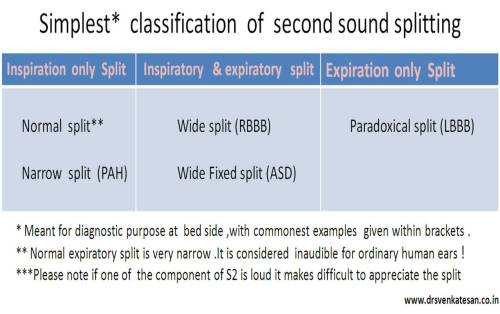When I asked this seemingly simple question to my cardiology fellows , I found they struggled to come out with a proper answer .I hope this will make the issue simpler .
Why the onset of PAH in VSD is early and late in ASD ?
Though number of factors are involved in the genesis of PAH , the single important reason is behavior of pulmonary circulation especially the pulmonary arteriolar muscle .
Normal pulmonary vasculature losses it’s muscle rapidly after birth and the pulmonary vascular resistance (PVR) falls to the adult level by 6 months .(Bulk of the fall occur in first 60 days) This is the same time the RV dominance is lost and RVH regresses . This also coincides with peaking of left to right shunting peaks and may result in cardiac failure .
Though both ASD and VSD shunts are highly dependent on PVR , VSD shunting has more muscle power namely the LV contractility , hence VSD shunt is established much earlier than ASD . This can be ascertained in bedside as VSD murmurs are heard even within 30 days while ASD is silent for many moths or even years . (Does not apply for Primum defects)
ASD shunt rarely meddles lung maturation process .(Maturation here means loss of pulmonary arterioloar smooth muscle -also called as Involution ) This vital initial period lasts up to 6 months of life .VSD interferes with this involution of pulmonary arteriolar smooth muscle .( Please note near complete involution still can occur in small VSDs with very little shunting )
In large VSD the PVR will never , ever fall to normal levels and making it easier for progressive vascular changes that occur in untreated large VSDs that lead to Eisenmenger syndrome
*Please note ASD can also reach that stage but it takes many years as the pulmonary vascular resistance has to raise from very low levels which was made possible by complete involution of pulmonary vasculature .
It is obvious AP window , PDA express more powerful left to right shunts which are associated with very high PVRs .
Final message
A simplified version of answer
Version 1
In VSD the onset of left to right shunt occurs early even within 3 months of life since VSD shunt is augmented by LV contraction . This is the crucial time of lung vascular maturation which gets interfered with .ASD shunt is established only after the pulmonary vasculature involutes .This explains early onset of PAH in VSD and late in ASD .
Version 2
ASD shunting is primarily depend on RV compliance which is high in early infancy so it takes time to establish the shunt .while VSD shunting does not depend upon this RV regression.
* Please note regression of RV dominance and compliance is directly dependent on maturation of lung.
** Note these explanations are not absolute .Some of the complex forms of ASD and intrinsic vascular injury of pulmonary circulation (Various fetal distress ) can progress into accelerated pulmonary arterial hypertension
Reference
- Excellent discusions are available in old edition of Moss and Adams
- Rabinovitch has done pioneering work on this topic .
- Robert Roberts text book of Adult congenital heart disease also explains it succinctly
Read Full Post »











